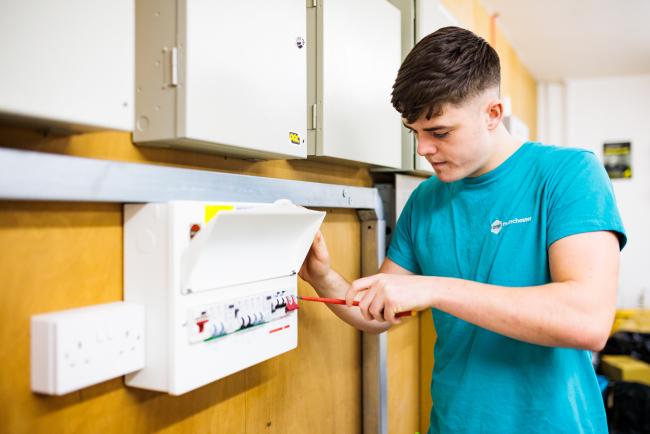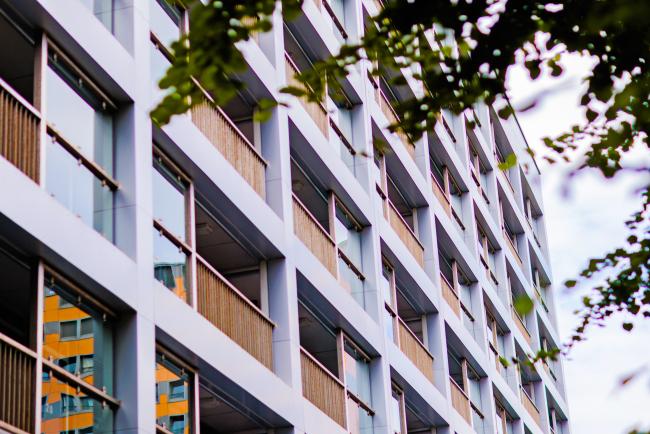Fire safety update - March 2022
Evacuation Alert Systems
We recently updated you on the Evacuation Alert System (EAS) panels that have been fitted in your buildings, and the plan to return the evacuation strategy to STAY PUT in case of a fire.
The Evacuation Alert System looks like the picture below and is fitted to support your building’s evacuation strategy in case of a fire.
THE EVACUATION ALERT SYSTEM IS ONLY FOR USE BY THE FIRE BRIGADE
How do evacuation alert systems work?
-
Evacuation alert systems sound out an alarm and evacuation instructions in case of emergency.
-
It’s controlled by the Fire Rescue Service (FRS) to create an alert floor-by-floor; if you need to evacuate your building, the alert system will give instructions on when and how you should leave.
-
For example, if there’s a fire on the 9th floor, the FRS may sound the alarm to evacuate that floor first, followed by others that aren’t directly affected.
Is an EAS a fire alarm system?
No, it’s different to a fire alarm system; it’s not triggered by heat or smoke sensors. Instead, it should only be operated by the Fire Rescue Service via a control panel also known as an EACIE (Evacuation Alert Control and Indicating Equipment).
An evacuation alert system is another a tool for the Fire Brigade do their job and to get people out of buildings as safely, quickly and effectively as possible.
You won’t see triggering devices, such as fire detectors or manual call points for this reason, but like a fire alarm, it uses the fire alarm sounders on flats and corridors to allow the warning sounds and alarms to be heard.
Why do you need a building evacuation system?
Imagine a building with 17 storeys. There’s a fire on the 10th floor and the lift has been suspended, leaving only one central staircase for both the firefighters to use and for everyone to evacuate.
If the whole building used that staircase to evacuate, it would seriously impede safe evacuation of tenants, as well as access for firefighters who were trying to get up the stairs to fight the fire.
So, instead, when the fire brigade attend, they can use the evacuation system panel on the ground floor to isolate the 10th floor, and perhaps also the 9th and 11th floors, first by sounding the alarm and allowing those people to evacuate first; creating a more managed and controlled evacuation and allowing them to fight the fire quickly and effectively.
Remember, if a building has a ‘Stay Put’ policy either because it has no fire safety failures or those failures have been rectified, then should a fire break out in the building the apartments will be sufficiently protected from fire ingress to protect the residents, so there’s no need to evacuate unless the Fire Brigade deems it necessary.









